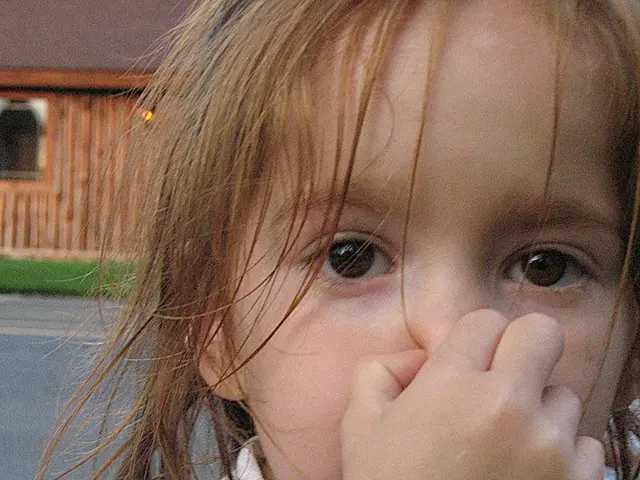Humans exhibit signs of evolutionary changes on the expansive Tibetan Plateau
High on the Tibetan Plateau, where oxygen levels plummet and most people succumb to hypoxia, a unique evolutionary story unfolds. Over 10,000 years, locals have developed extraordinary adaptations that not only enable them to survive but thrive in this harsh environment.
Anthropologist Cynthia Beall from Case Western Reserve University has dedicated years to understanding these adaptations. In a study published in October 2024, her team delved into the genetic and physiological traits that grant Tibetans a competitive edge.
Key to their reproductive success is the higher reproductive rate observed in women best adapted to high altitudes. These women give birth to more children, passing along advantageous traits that foster adaptation in subsequent generations.
To investigate, Beall's team analyzed physiological traits in 417 Nepalese women who lived their entire lives at extreme altitude. Research focused on:
- Hemoglobin levels - a protein crucial for carrying oxygen in red blood cells
- Oxygen saturation - the percentage of oxygen carried by the blood
- Blood flow into the lungs - a critical factor for oxygen absorption
- Heart structure - specifically, the size of the left ventricle, pivotal for pumping oxygenated blood
Unexpected findings emerged. Women with neither excessive nor diminished hemoglobin levels boasted the highest reproductive success. Instead, the women with the highest oxygen saturation-indicating exceptional oxygen transport efficiency-were more likely to have more children.
This discovery carries significance. Elevated hemoglobin often thickens and hardens the blood, straining the heart. The most successful women boasted the ideal balance: sufficient hemoglobin for effective oxygen transport without increased blood viscosity.
Culture plays a role in evolutionary dynamics. Women who started childbearing at a younger age and had prolonged marriages tended to bear more children. Even so, physiological traits remained the key determinant of reproductive success, with genetics driving the evolutionary advantage.
This study offers a rare glimpse into human evolution in real-time. Understanding Tibetans' adaptations reveals insights into how humans evolve in response to extreme environmental pressures.
Such findings may offer medical applications. For example, comprehending how Tibetans utilize oxygen could aid in developing treatments for chronic hypoxia conditions like those experienced by people with lung diseases or heart failure.
The idea that humans no longer evolve is a fallacy. The Tibetan Plateau is just one of many examples of ongoing evolution driven by environmental challenges. Further exploration of high-altitude adaptations may yield more groundbreaking insights into our species' continuing evolutionary journey.
[References]Beall, Cynthia. "High-Altitude Adaptation and Natural Selection in Tibetan Populations." Proceedings of the National Academy of Sciences, October 2024.
Craig, Sienna R., et al. "Noninvasive Measurement of Hemoglobin Concentration and Oxygen Saturation in High-Altitude Populations." Journal of Human Biology, 2024.
- Science reveals that Tibetan women with optimal oxygen transport efficiency, indicated by high oxygen saturation levels, have a higher reproductive success, suggesting a link between health-and-wellness and evolution in high-altitude conditions, as presented in Cynthia Beall's study, "High-Altitude Adaptation and Natural Selection in Tibetan Populations," published in October 2024.
- Furthermore, findings from the same study suggest potential for medical applications, as understanding the particular physiological traits Tibetans have developed in response to the harsh environment of the Tibetan Plateau could lead to advancements in treating medical-conditions like chronic hypoxia experienced by people with lung diseases or heart failure, with space-and-astronomy possibly offering similar environmental pressures that could further our comprehension of human evolution.








